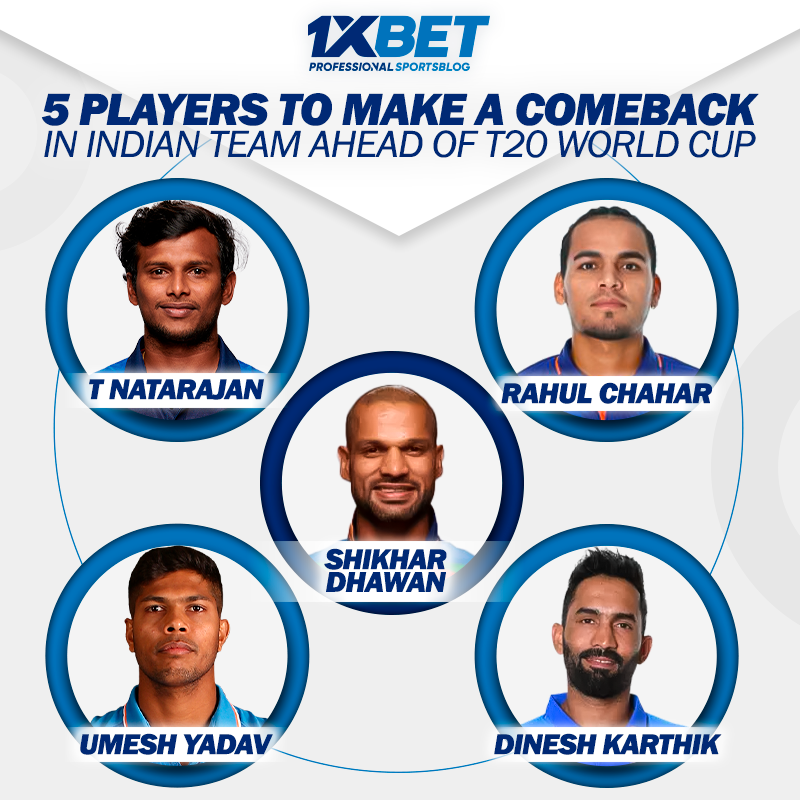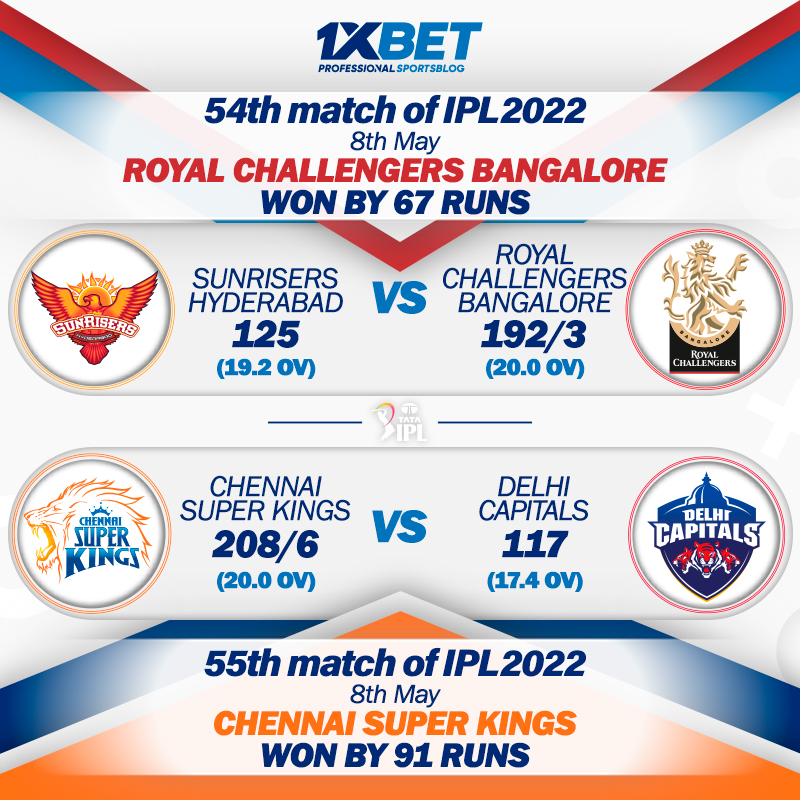South Africa's Cricket Renaissance: The Journey from Mohali to Chattogram

Nine years ago, Faf du Plessis painted a grim picture of South Africa's cricketing outlook at a press conference in Mohali. His prediction saw the close of a bright chapter in South African cricket and marked the beginning of a more challenging era. Alongside this transition, the cricketing world witnessed the debut of Kagiso Rabada. His presence since then has been a beacon of hope, culminating in his standing as the No. 1-ranked bowler and the fastest to reach 300 wickets.
Thursday’s 2-0 victory over Bangladesh in Chattogram owes much to Rabada’s impactful 14 strikes at the striking average of 9.00. This triumph indicates South Africa's arduous journey from Mohali in 2015 to Chattogram, encapsulating their first Test win in Asia in over a decade.
Rabada, steering clear of self-praise at a press conference on Friday, credits an open approach to scoring runs, the proficient bowling of his teammates, and progressively gained experience as elements catalyzing South Africa's success in Asia. He also spotlights the new entrants to the team, emphasizing their significant contribution. Rabada alludes to the critical role of Shukri Conrad, the coach, whose focus on character has spurred players to perform better.
While Bangladesh might be considered the easiest Asian team to dominate in subcontinent environments, South Africa's undefeated record there and recent home victories against Sri Lanka and India counter this view. To continually outperform and succeed, South Africa recognized the requirement of a compelling mental shift, something that hadn't worked for them in over a decade. The dramatic turnabout raises one crucial question—how did South Africa manage this mental transformation?





